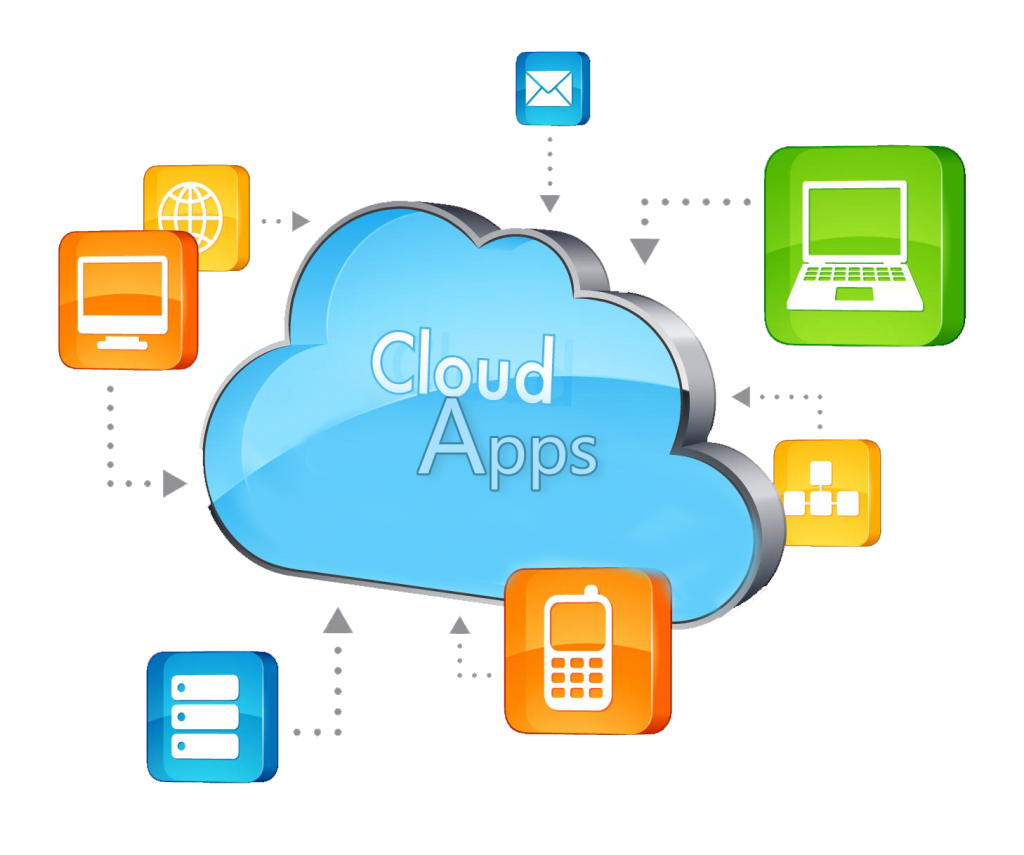
Credits : Pcadvisor
These days most software is either free or cheap to buy. But some Windows programs still cost £100s. Either that or you have to pay a subscription fee (such as Microsoft Office 365 or Adobe CC). But there are free equivalents to just about every paid-for program, from Word and Excel to Photoshop, antivirus and games.
Here is the best free Windows software you can download right now, but do check out the best free games as well.
Which is the best free office suite?
You might not need a whole office suite, just a word processor. In case you didn’t know, Windows has one built-in: it’s called Word Pad. It lacks many of Word’s features but may have enough for your needs.
If you must have Word, then here are a few ways to use Word for free.
Now that Microsoft has made a concerted effort to switch everyone to a subscription model for Office 365, it’s even more tempting to opt for a free alternative. Our pick is LibreOffice,which is now far from being a mere off-shoot of OpenOffice. For most people LibreOffice offers everything you need, being just about as compatible with Microsoft Office as it’s possible to get.

If you want a suite which copies Microsoft’s ribbon interface, look at Kingsoft Office Suite Free.
Also, there are plenty of free PDF editors which allow you to convert a non-editable file into a format, such as .doc or .xls so you can change it.
What’s the best free alternative to Photoshop?
Photoshop is still the benchmark for photo editors, but there are two cheaper alternatives: Lightroom 6 (£109.99 from John Lewis) and Photoshop Elements 15 (£80.99 from Ebuyer). However, there are plenty of free photo editors, including some web apps.
Some people find that Paint.net offers everything they need for offline use, while others will be more than happy with PicMonkey.
You’ll find more recommendations in our dedicated roundup of the best free photo editors.
Also, don’t forget that in the Creators Update to Windows 10, the built-in Paint app has had a massive upgrade!
Plus, if you have a phone or tablet, there are some excellent photo editing apps. Most apply edits to the whole photo, but some, such as Photoshop Mix, even support layers. Others, like Snapseed, let you apply changes just to certain areas. And they’re both free.
Best free Windows software: antivirus
Opinions will always be divided on the best free antivirus software and, as with paid-for AV software, test results will change on an almost daily basis because makers update their databases and algorithms.

There are quite a few to choose between, but don’t forget Microsoft’s Defender which is included with Windows 8 and 10.
For our current top picks, see our separate Best Free Antivirus software roundup.
Best free Windows software: email
Email is one of those personal things where, as with antivirus, any recommendation is always going to be controversial. Some people swear by Mozilla Thunderbird while others think that Incredimail is the best thing since, well, email was invented.
Most people don’t use either of those, instead preferring the web app of their chosen service such as Gmail, Outlook or Yahoo, along with the default email client (or the service’s own app) on their phone.
We’ve compared the best free email services in detail separately.
Best free Windows software: backup
Backing up irreplaceable files is a chore we could all do without, but while cloud storage services let you sync files without lifting a finger, none are capacious enough (even if you’re paying) to back up your entire PC or laptop.
The good news is that there’s free backup software on offer, you just need to provide the storage. One of our favourites is Easeus ToDo Backup Free 9. You’ll find more alternatives in our guide to the best backup software.
But if you have under 50GB of files, it’s well worth checking out Mega. This cloud storage service will give you 50GB for free. Find out more in our roundup of the Best cloud storage services.
Best free Windows software: video editing
Windows Movie Maker is now defunct, and most people couldn’t get on with its limited tools. Fortunately there’s a number of free alternatives, including LightWorks which you can read all about in our roundup of the best free video editors.
Again, as with photo editors, don’t overlook the video editing apps available on your phone and tablet. For iOS users, iMovie is a convenient way to edit video you’ve taken on an iPhone (or iPad) and if you’re running iOS 10 or later, you can quickly edit within the Photos app using the Memories section.
Best free Windows software: VPN
VPN services aren’t just for browsing the web anonymously. They also let you access or unblock content that’s otherwise limited to users located in particular countries. All free VPNs have their drawbacks, one of which could be unwanted advertising. Another is restricted data or download speeds.
But for some people, a free VPN is all they need and CyberGhost‘s free service is one worth checking out. Free VPNs have their limitations, and many agree that you need to pay for a service for it to be
Here are the best free VPN services we’ve tested out, and also the best paid-for VPN services.
You’re bound to know other great free software, so if you feel you have a better suggestion, or want to suggest software in other categories, let us know in the comments below.
This article is shared by www.itechscripts.com | A leading resource of inspired clone scripts. It offers hundreds of popular scripts that are used by thousands of small and medium enterprises.










